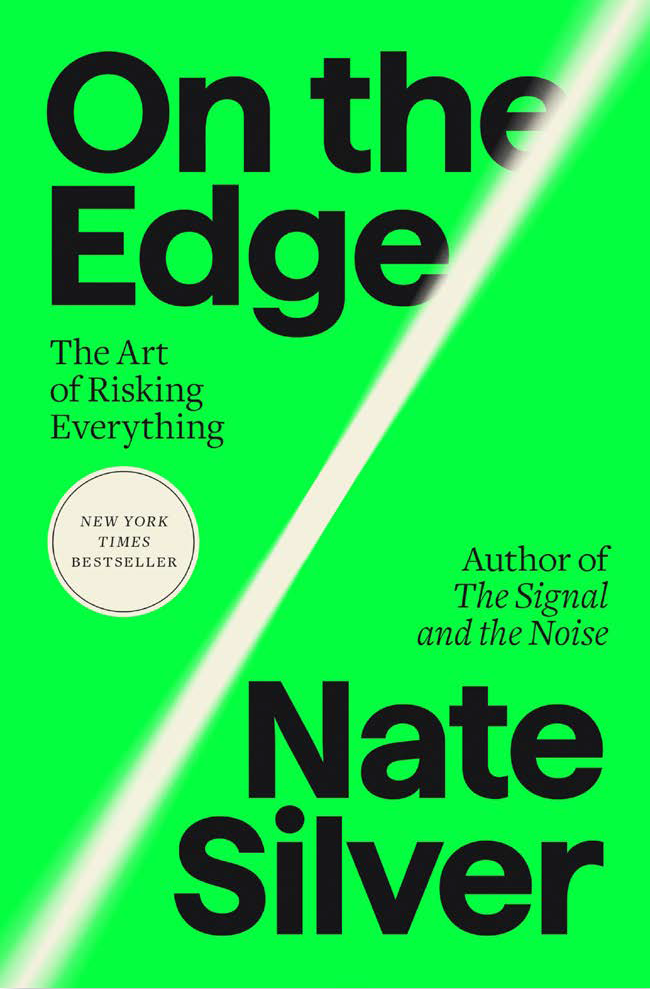At location A, when the time is half-way between the spring equinox and the summer solstice, the day is about 14 hours long. About how long will the night be at A during the summer solstice? What about during the winter solstice?
Know the answer? Send your solution to ar@casact.org.
A Game of Coins
In this puzzle from AR January-February 2022, two players take turns on a sequence of adjacent squares that extends without bound to the right. Initially, a finite number of coins are placed, each on one square (example shown on the right). No more than one coin may occupy a square. The rightmost coin is silver and the rest are copper. Each player in turn may either:
- Move any coin any number of spaces to the left without jumping over another coin, or
- Capture and remove the leftmost coin.
Whichever player captures the silver coin, wins. This question is: Under what initial conditions (number and placement of coins) does a player, either the player who takes the first turn or the other, have a winning strategy?

There does not appear to be an easier solution than what is presented in Chapter 7 of Proof and the Art of Mathematics by Joel David Hamkins. The solution is outlined below and readers are encouraged to consult the book for a more complete explanation.
In the Hamkins book, the game is referred to as the “Gold Coin game” and is shown to be more or less equivalent to the ancient Chinese game of Nim. In Nim, a finite number of stacks of coins are presented. The players take turns removing any number of coins from one of the stacks. At least one coin must be removed. The player whose last move leaves no coins wins. The game hinges around the condition of the stacks being balanced, meaning that when the number of coins in each stack is represented as a binary number, the sum across stacks of any of the binary digits is even. For example, three stacks of height 8, 14 and 6 are balanced because their binary representations — 1000, 1110, and 110 — total 2, an even number, for each binary digit. In contrast, 8, 12 and 6 are not balanced because from their binary representations — 1000, 1100 and 110 — do not all sum to an even number (specifically, 1000 sums to 1, which is odd).
It can be proven that any move on a set of stacks that is balanced will leave the set unbalanced. Similarly, for any non-empty unbalanced set of stacks, there is a move that will leave it balanced. The key to winning is to be the player who always leaves a balanced stack to the opponent, since the final move will leave an empty, but balanced, set of stacks. Consequently, the player making the final winning move must inherit an unbalanced set of stacks.
Any state of the coin game corresponds to a state of a game of Nim. This is done by associating the coins in sequential pairs. The heights of the Nim stacks correspond to the number of empty spaces between two paired coins. If there is an odd number of coins, the number of empty spaces to the left of the leftmost coin plus one is taken as a stack. The distance between one pair of coins and another adjacent pair of coins is irrelevant. For any move in the corresponding game of Nim, there is a move in the coin game. Some moves in the coin game do not correspond to Nim moves. Specifically, moving the leftmost coin in a pair leftward would correspond to adding coins to a stack. However, this move can only unbalance a balanced stack or offer an additional unnecessary option for balancing an unbalanced stack.
If the initial coin layout is unbalanced, then the player with the first move can force a win by always maintaining balance. If the initial layout is balanced, then the player who moves second can force a win similarly.
Solutions were submitted by John Berglund, Olivier Guillot-Lafrance, Dave Oakden and Andrew Yuhasz.
Shyam Bihari Agarwal also submitted a solution to the puzzle “An Equitable Pass Curve.”













